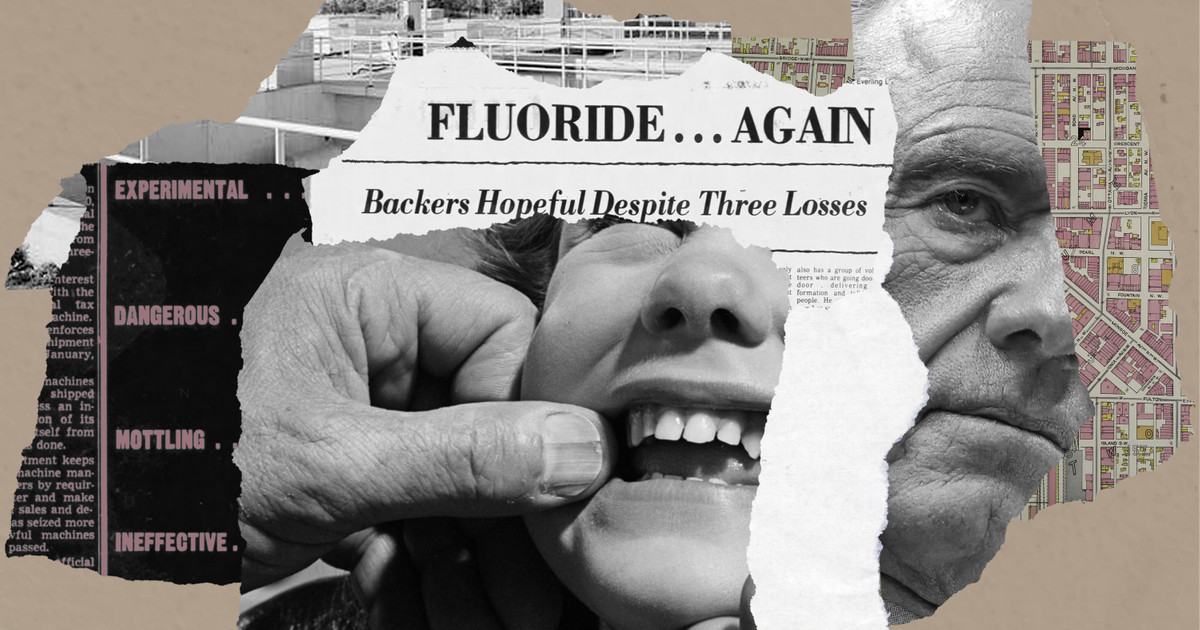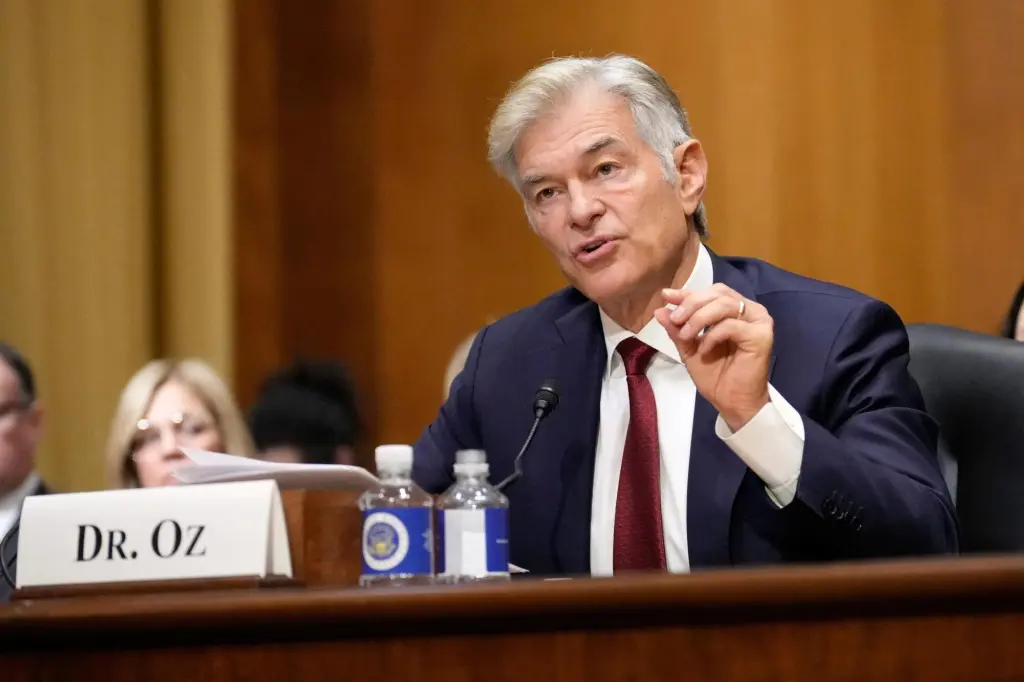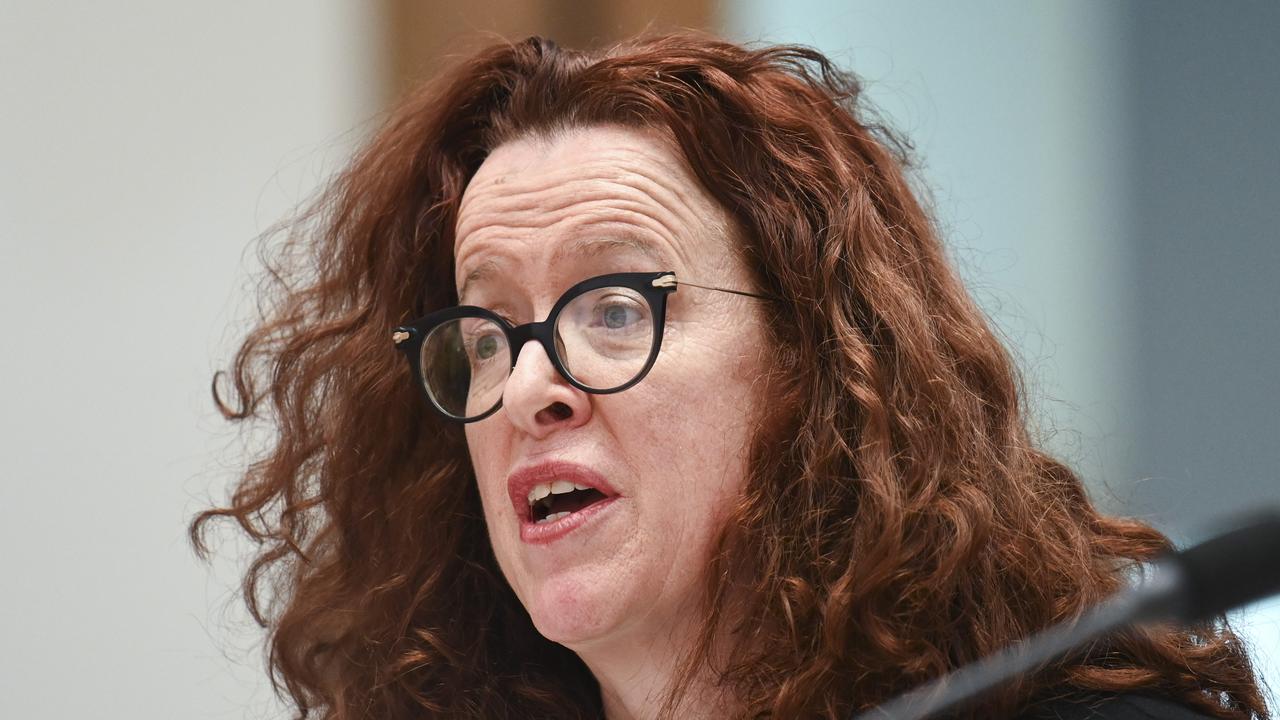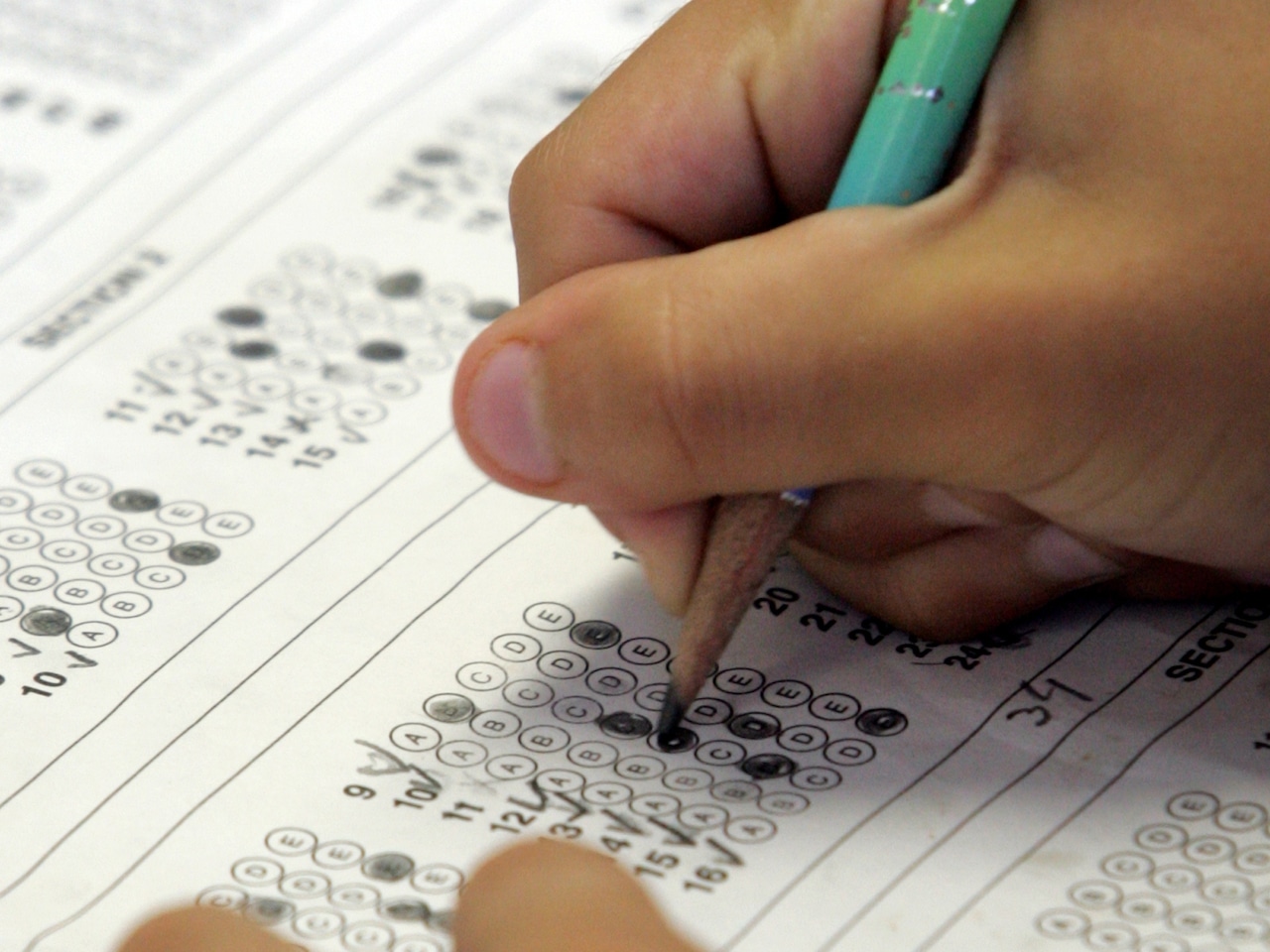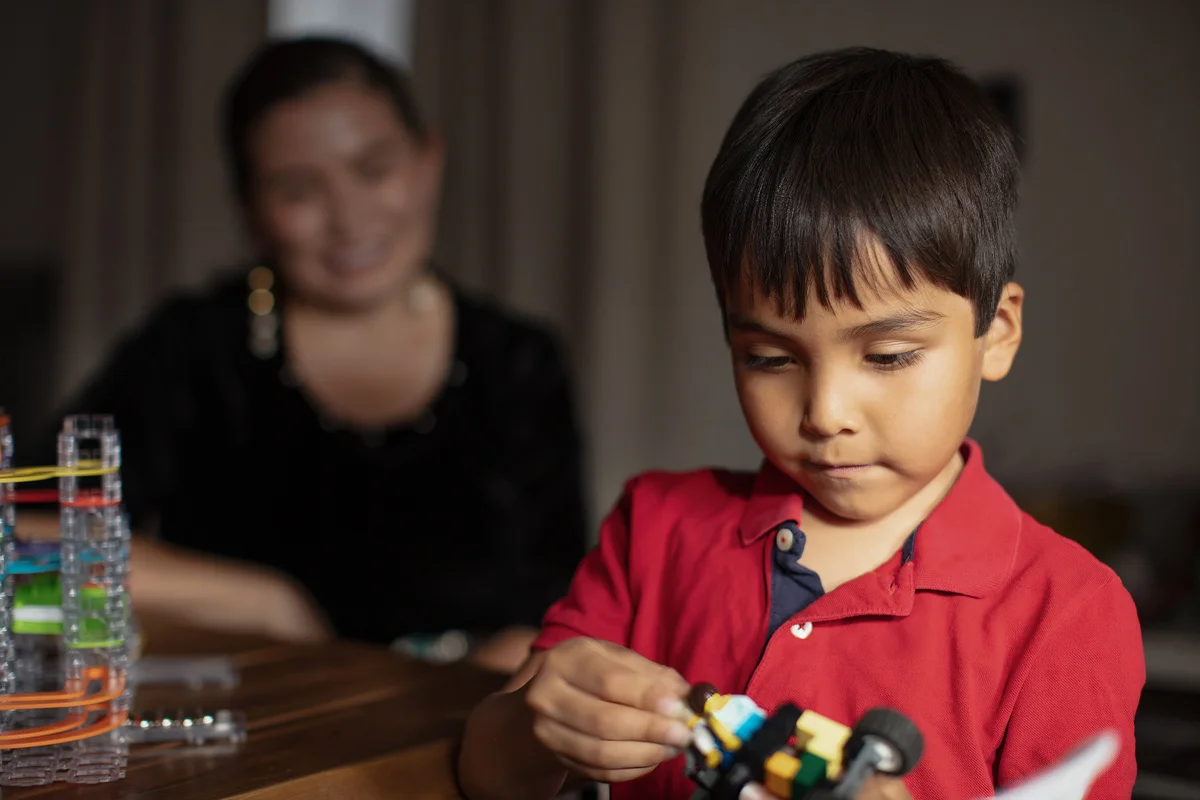
This article is part of “Innovations In: RSV” an editorially independent special report that was produced with financial support from MSD, Sanofi and AstraZeneca.
After my dad died, I assumed that painful task of closing and transferring his accounts. Try as I might to keep it together, I often started crying when explaining the reason for the request.
“I’m so sorry,” a customer service agent told me during one call, and she sounded like she meant it. She paused. “I just lost my mother,” she said.
On supporting science journalism
If you’re enjoying this article, consider supporting our award-winning journalism by subscribing. By purchasing a subscription you are helping to ensure the future of impactful stories about the discoveries and ideas shaping our world today.
We commiserated for a few moments before she revealed something I’ll never forget: “My mom died of RSV.”
This was in early 2023, and respiratory syncytial virus (RSV) was spiking⸺along with COVID and influenza⸺in a deadly “tripledemic” that overwhelmed some hospitals. I hadn’t heard of RSV before this surge, and I’m a longtime health care journalist. Wasn’t this virus just another version of the common cold?
For most people, it is. But as I have since learned, RSV can snowball into something much more sinister among vulnerable populations, including infants under six months of age, older people, individuals with chronic medical conditions and those who are immunocompromised. The highly contagious virus can spread to the lower respiratory tract, where it can cause pneumonia or bronchiolitis (the inflammation of the small airways in the lungs).Historically, RSV has been the leading cause of infant hospitalization in the U.S. Among the most vulnerable populations in the U.S., American Indian and Alaska Native children have some of the highest RSV-related hospitalization rates in the world. Globally, the virus is responsible for an estimated 100,000 deaths in children under age five each year.
For instance, in late 2022 Ethel Branch, a Harvard University–trained lawyer and a member of the Navajo Nation, had a scary experience when her son required a trip to the ER after contracting what she later found out was RSV. He still experiences aftereffects, and the experience made her realize just how important RSV immunizations and education are in tribal communities. There is still no specific cure or treatment for RSV other than supportive care. But in 2023, after decades of research, scientists celebrated several breakthroughs that have already started bending the curve on hospitalizations and deaths.
In May 2023 the U.S. Food and Drug Administration approved the first two RSV vaccines for adults. Then, in July 2023, the agency approved the first single-dose monoclonal antibody for RSV in infants, nirsevimab, which helps prevent severe illness and hospitalization. (A previously approved monoclonal antibody was less effective and more expensive and had to be administered monthly, so it was only recommended for a fraction of vulnerable babies.)
Now there are five approved medical products to prevent RSV: three vaccines for adults—including one for pregnant people that is transferred to fetuses through the placenta and provides protection that will last for six to nine months of a baby’s life—and two preventive antibody treatments for infants, the most recent of which was approved in June.
These products work. In a large trial of the effectiveness of nirsevimab, researchers found it was about 83 percent effective against RSV-related hospitalization among infants.
Now scientists are focused on finding ways to protect toddlers and preschoolers. And a nasal vaccine in clinical trials could help protect children from severe RSV for the first several years of their life.
What a difference two years has made. Frequently, I think of my conversation with the customer service agent in early 2023 and still remember the agony in her voice when she talked about her mother’s death. The RSV vaccines came too late for her—by mere months. But they’re here now, along with monoclonal antibodies for babies, offering protection for the mothers, grandfathers, baby brothers and firstborn daughters of today.
